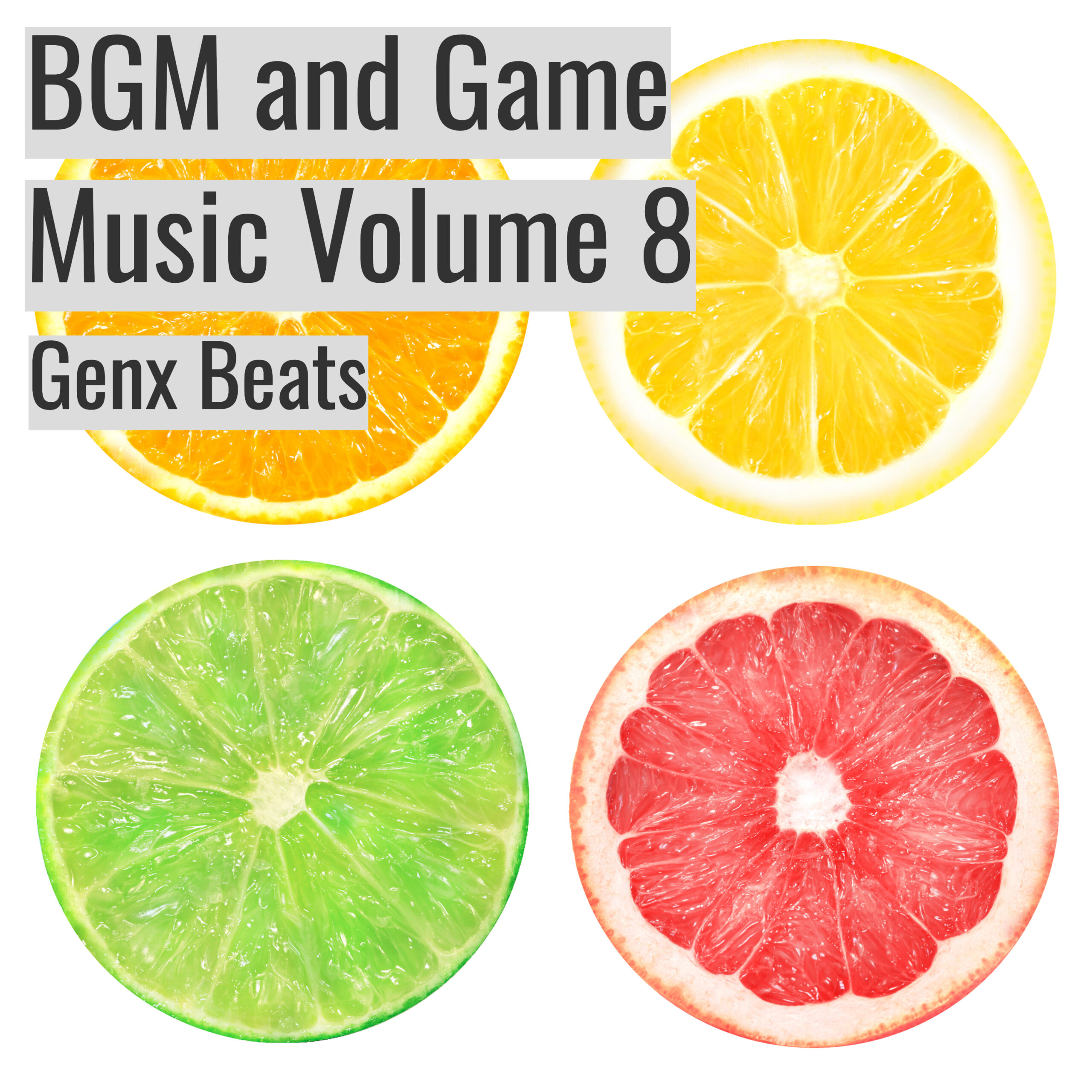

To verify your code, paste the code in the HTML editor below and check the preview. The following table shows the name and meaning of the superscript letters along with the HTML code (hexadecimal and decimal) and Unicode. The superscript letters is a text symbol that can easily copy and paste into any social media, website, and emails. The p and mp are distinguishable, especially when played back-to-back.⚥ Gender Copy And Paste Superscript Letters With Dec Code, Hex Code & Unicode

However, always consider a command’s true definition forte always means “strong,” and should not be taken to mean “extremely strong,” even if it is the loudest dynamic symbol found in the sheet music. In a song with the smaller range of p to f, you may hear a greater distance between commands because there is more room for interpretation.
The difference between p and mp may be difficult to distinguish, even when played back-to-back. However, the audible distance between pp and ff would likely sound the same from either musician.īecause a piano has a limit to how loud or soft it can sound, it’s important to consider how many dynamic commands occur in a song in order to interpret them correctly:Ī composition with a range of pppp (pianississimo) to ffff ( fortississimo) will require the pianist to execute extremely subtle changes in volume in order to make room for the many dynamic commands that exist between these two extremes. Dynamics mark the relative changes in intensity, and do not express precise decibel levels a song in mezzo-piano played by two different pianists will sound slightly louder or softer depending on factors such as the players’ interpretations and the voices of their instruments. Musical dynamics control the volume of a song, and may be signified by words, symbols, or both. Arpeggiated chords are usually played from low to high, unless marked by a downward arrow. Arpeggio: A squiggly vertical line in front of a chord means its notes are hit quickly in order, not simultaneously to create a harp-like effect.A fermata is also called a hold or a bird’s eye. Fermata: An indication to hold a note or chord for any desired length.In piano music, notes connected by a tie are struck as one note, and are held for the total duration of all the tied notes. Tie: A curved line that joins two or more notes of the same pitch.In piano music, the individual notes must be struck, but there should be no audible spaces between them. Legato or Slur: Connects two or more different notes.* Sforzando is also considered a dynamics command. When a single note is affected, the abbreviation sfz is used. Sforzando: Makes a note considerably louder than surrounding notes.Marcato: Informally referred to as simply an “accent,” a marcato makes a note slightly more pronounced than surrounding notes.Staccatissimo: A small wedge or straight comma above a note that creates an exaggerated staccato a very brief note.(Not to be confused with a rhythm dot, which is written after a note-head). Staccato: A small dot written above or below a note that makes it brief in duration.This concept is called “ articulation.”Ĭommon symbols affecting articulation include: write down - put down in writing of texts, musical compositions, etc. Specifically, we have them in order today as Do, Re, Mi, Fa, Sol, La, Ti, Do’ (Solfge’s octave). domain category: authorship, composition, penning, writing - the act of creating. The Do Solfge is a musical system designed to assign syllables to the names of the musical scale. Accents and curved lines placed around music notes change the way they sound and relate to each other. Tonic sol-fa is a musical notation system that employed do solfege.


 0 kommentar(er)
0 kommentar(er)
